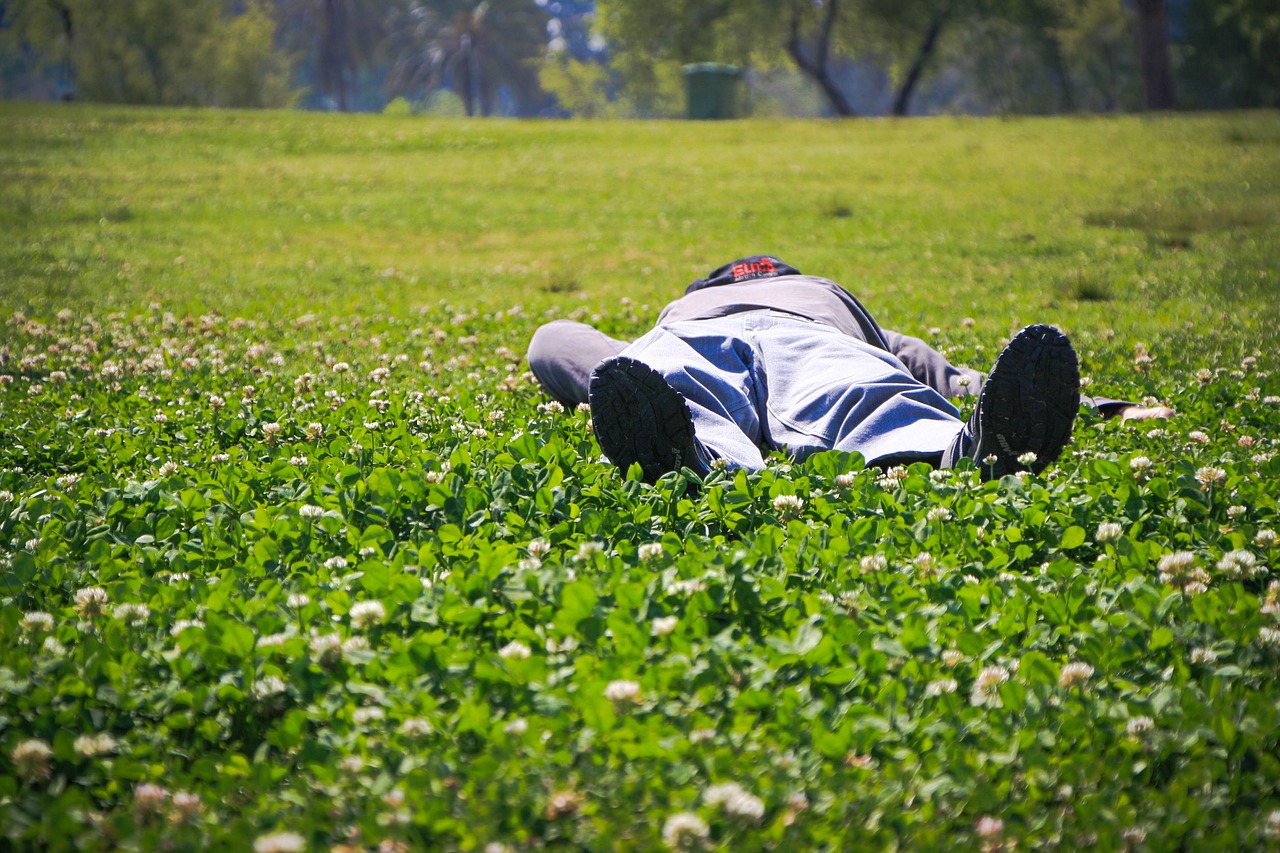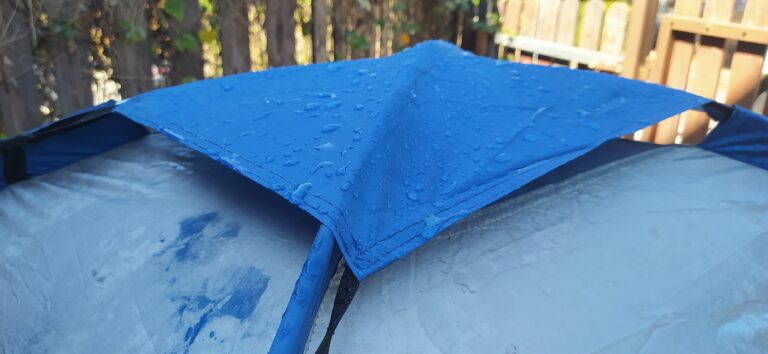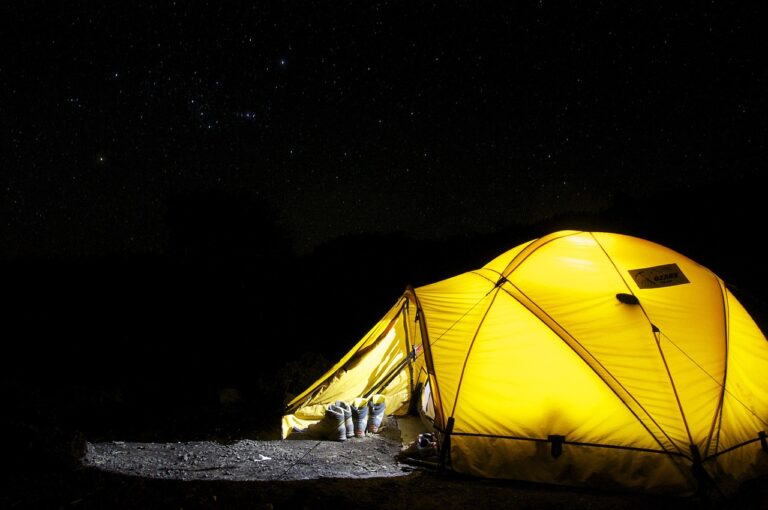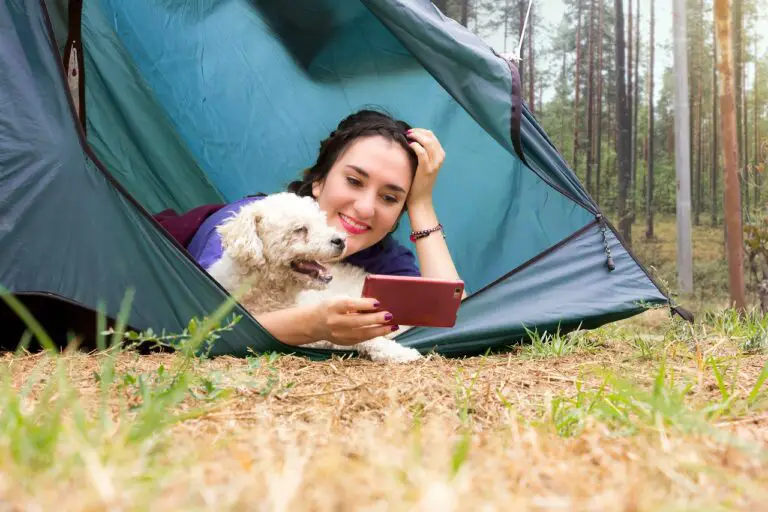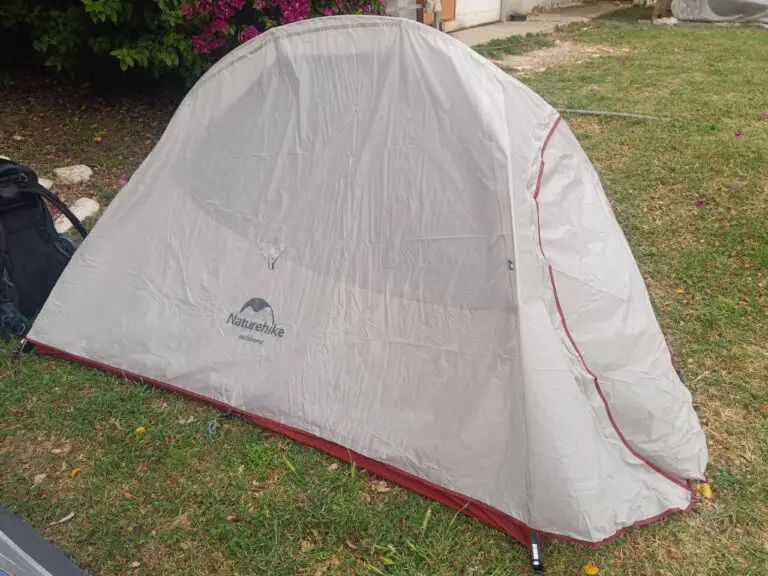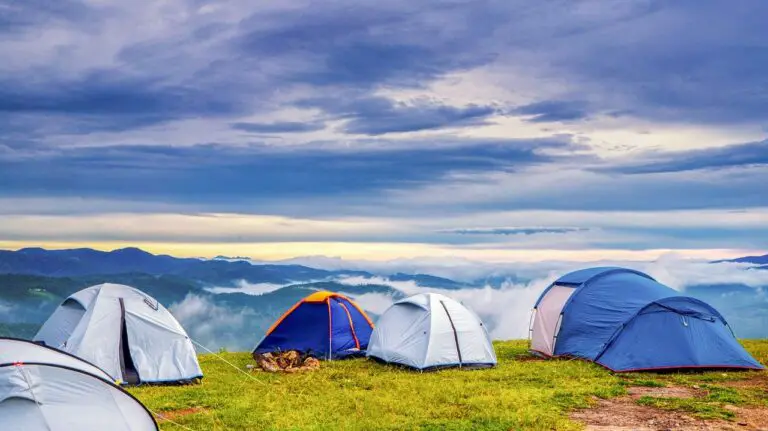Can You Go Camping Without A Sleeping Bag?
When considering my camping or backpacking gear, I try to eliminate unnecessary items and consider each item I bring with me. I live in a relatively hot climate area, so in many cases when I bring a sleeping bag on a trip, I find myself sleeping with it open. This had me thinking if it’s possible to camp without a sleeping bag.
You can go camping without a sleeping bag if the weather is warm enough. Alternatives should offer sufficient insulation and warmth, as well as comfort and protection from the elements. You can, for example, use blankets, or quilts, or opt to sleep in a hammock.
This post will cover different alternatives for sleeping bags, how to go about camping without a sleeping bag, and whether you should or shouldn’t.
Camping without a sleeping bag
To go out camping without a sleeping bag, we first need to explore its purpose and main functions:
- Provide insulation and warmth: The main purpose of a sleeping bag is to insulate you, so you feel nice and warm when sleeping, even in a cold environment. Many sleeping bags can be used in very cold temperatures (even slow 0°C or 32°F) and keep the user relatively comfortable. The sleeping bag provides insulation from the ground and air while trapping your body heat inside, keeping you warm. This is especially important if you’re camping in a relatively cold environment.
To go out camping without a sleeping bag, you’ll need to find a way to insulate yourself and trap your body heat, so you stay warm in your sleep. - Be comfortable: A sleeping bag also provides padding, which is especially important when you sleep outside, whether it’s cowboy style or inside a tent. The ground is not the most comfortable surface to sleep on, even if you try to level it before setting up camp – twigs and rocks make an uneven surface that can make it hard to sleep comfortably. A sleeping bag provides some padding between you and the ground.
In many cases, a sleeping bag isn’t enough, and many campers use a sleeping pad under it to provide additional padding. So if you’re considering camping without a sleeping bag, you’ll need to find an alternative to keep yourself comfortable. - Protect from the elements: While sleeping outdoors, it’s essential that you are safe and protected from the elements and from insects. If you sleep inside a tent, you are somewhat protected from the elements, but if you decide to sleep under the sky, you’ll need to somehow keep nature out of your sleeping area.
This means that while assessing alternatives to sleeping bags, we’ll need to consider these factors and see how each option measures up.
Alternatives to a sleeping bag
Let’s explore different alternatives to sleeping bags, that can be used while camping:
- Camping blankets/quilt: these are pretty popular with backpackers, and a lightweight alternative to a sleeping bag, that typically provides a decent level of insulation and warmth. They usually pack quite small, so they won’t take up a lot of space in your pack. They do fit better when the weather is warm when their level of insulation and warmth is enough to keep you comfortable.
- Hammock (with bug net): Another popular alternative is sleeping on a hammock, which is especially useful with an attached bug net that keeps insects away. These are only suitable for warm weather, as they don’t provide insulation, but they do keep you away from the cold ground. Hammocks pack very small and are typically relatively lightweight, but not ultralight. They do take longer to set up and require somewhere to be hanged, so they’re mainly suitable for camping in wooded areas, although they typically can be pitched on the ground if there are no trees around.
- Bivy sack: These are less popular than other alternatives. If you don’t know what a bivy sack is, imagine a compact shelter that combines a tent, sleeping bag, and sleeping pad, into one. They’re typically considered emergency shelters. Bivy sacks typically provide a good level of insulation and warmth. They pack quite small and lightweight, bigger than a sleeping bag, but smaller than a tent, sleeping bag, and sleeping pad combined. If you’re a minimalist I think a bivy sack can be considered as an option.
When choosing which of these options is best for you, there are a few factors to consider.
Your camping environment has a lot do to with which of these options will be suitable. In very cold environments, for example, you might have to use a sleeping bag to stay warm. Hotter climates are more versatile, and you’ll have more options if you camp when it’s warm outside.
You should also consider your sleep clothing. You can adjust how warm you feel by adding or removing layers. The items and their materials and thickness can be chosen to fit the weather.
Which of the options you choose is up to a personal preference. You can try different options by borrowing items from friends or renting items, and see which is best for you.
Should you go camping without a sleeping bag?
Now that we’ve considered the different alternatives to a sleeping bag, we should discuss the pros and cons of camping without a sleeping bag.
In my opinion, based on the main functions of the sleeping bag, you should definitely use a sleeping bag if you’re camping in cold weather, or if you need additional padding to feel comfortable sleeping.
I live in a hot climate area and typically use a sleeping bag while camping, but sometimes end up opening it up and using it as a blanket because it’s too hot.
Sleeping bags do the best job of insulating you from the environment and keeping you warm, and they are absolutely essential when it’s cold. Even in relatively hot climates, the temperatures can drop at night, so you need to make an informed decision based on them.
Alternatively, if the temperatures are mild where you decide to camp, and your sleep setup provides good enough padding for you to sleep, you might want to consider one of the alternative options and leave the sleeping bag at home.
Conclusion
While sleeping bags are an essential item in keeping you warm while camping, there are a few alternatives you might want to consider instead, mainly if the weather allows. Blankets or a quilt, a hammock, or a bivy sack, are all viable options for a camping sleep setup.
In some situations, you can definitely go camping without a sleeping bag, but it’s generally up to a personal preference. Consider the different factors and make an informed decision that will be enjoyable for you.

